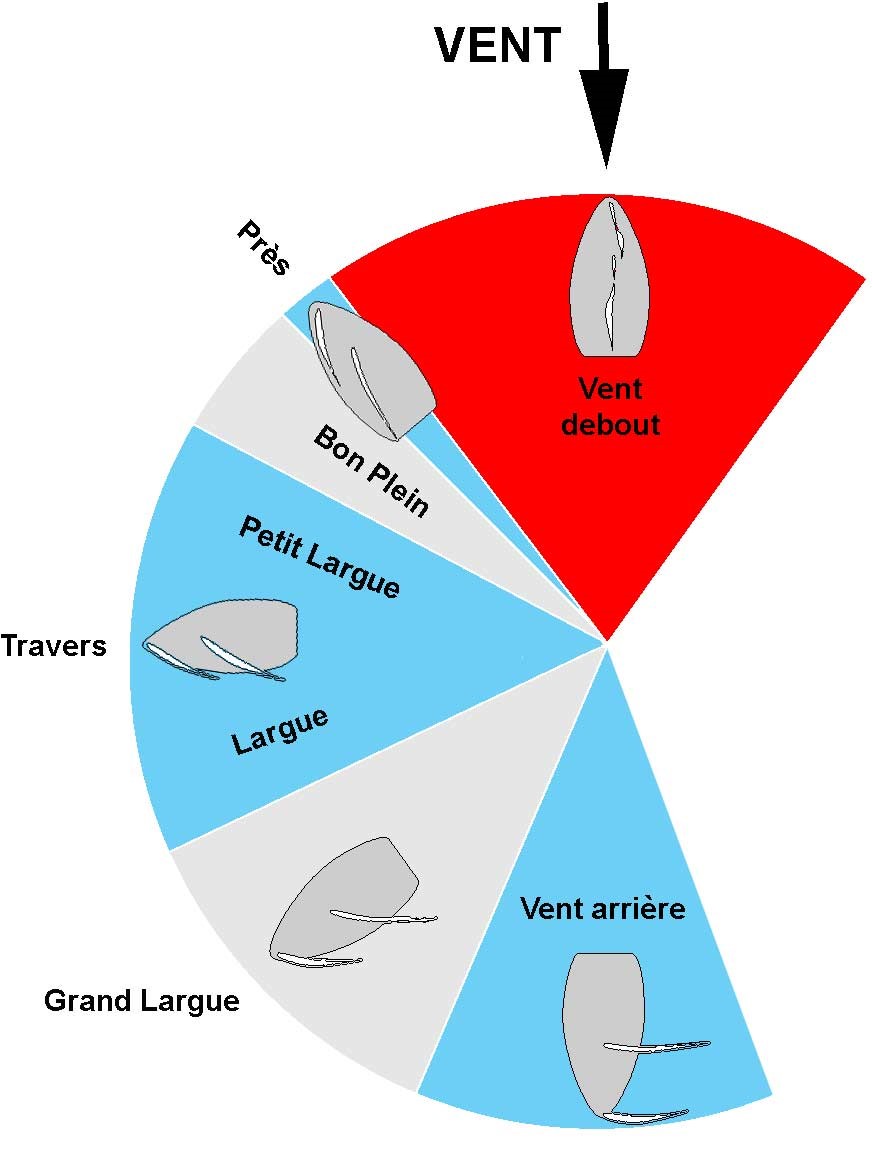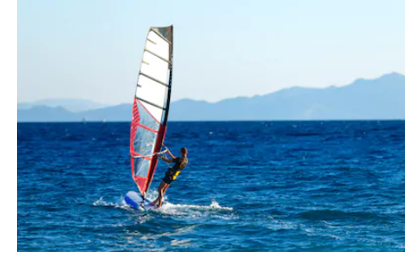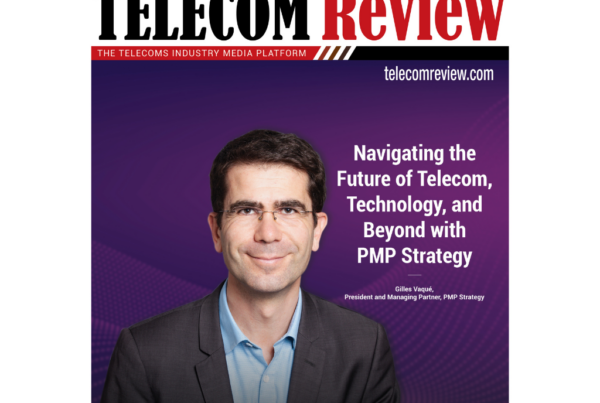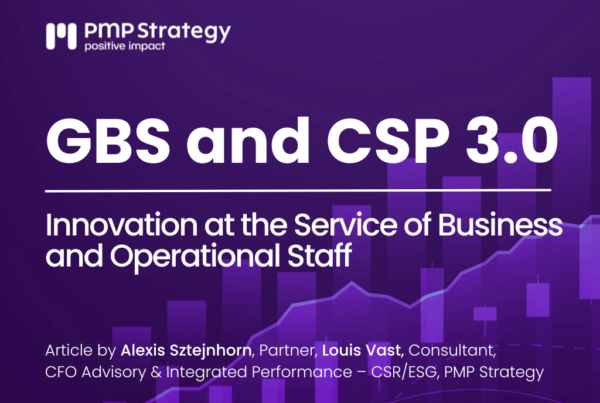In this series of articles, Eric Dupont and Philippe Angoustures, partners at PMP, examine how the experience of difficult conditions at sea can be useful to managers in the current crisis.
That’s it, the moment of deconfinement has arrived, if teleworking remains the norm for our crews, everyone hopes that their company will be able to navigate in better conditions and accelerate. As in sailing, the Managers will have to choose the right pace, that is to say the right compromise, depending on the wind and sea conditions, between speed and heading.
The straight line is not always the shortest route
 On a sailboat there are 3 main gaits: upwind, reach and tailwind. The current crisis means that the winds are not favorable today in most sectors of activity, we find ourselves in a situation where to achieve the strategic objectives it is necessary to face a headwind while in recent years it was rather healthy.
On a sailboat there are 3 main gaits: upwind, reach and tailwind. The current crisis means that the winds are not favorable today in most sectors of activity, we find ourselves in a situation where to achieve the strategic objectives it is necessary to face a headwind while in recent years it was rather healthy.
The temptation is therefore to try to go as far as possible in a straight line towards your objective, not to stray from the financial trajectory that had been defined before the crisis. By analogy, this amounts to sailing upwind. By choosing this pace we have our goal in focus. However, to follow it the crew and the boat are very much in demand. The crew lives in the discomfort of the recallby being exposed to the wind and the sea to improve the balance of the boat, the latter undergoing significant forces from the elements: the force of the wind in its rigging and the shock of the waves against its hull. This pace will therefore be difficult to maintain over time. How long are we going to be able to leave the employees under high tension, with the permanent stress of seeing the company experiencing serious damage?
Especially since the upwind only gives the illusion of a straight line while not allowing to gain speed. In fact, at this speed, the company will have to make regular course adjustments, while keeping its course, it will have to tack, tack in marine language.
The Manager must therefore think twice before sailing sustainably upwind because as the saying goes “upwind is twice the distance, 3 times the time and 4 times the trouble”!
Thus, if the winds to achieve the objectives are no longer favorable, nothing prevents us from reviewing our action plans, our strategic trajectory. By moving away from the axis of the wind our companies will sail with a reach, the route will not be direct but they will be able to regain speed and the teams to regain a certain comfort and above all confidence in performance.
Put our companies on the schedule

Two lessons for our companies. First, it is essential to rethink your short-term priorities in order to focus on activities that offer a potential for rapid acceleration and which will subsequently enable the rest of the company to be driven. Second, we must continue to innovate to change the situation and create real competitive advantages. We are obviously thinking of Digital, but teleworking has also enabled the emergence of new, more collaborative, more empowering working methods on which it will be necessary to know how to capitalize.
After the freezing of the last few weeks, it is necessary to revisit the portfolios of activities and projects, to identify those which will bring short-term performance, those which will pull the company. In the end, speed is so much more fun!




